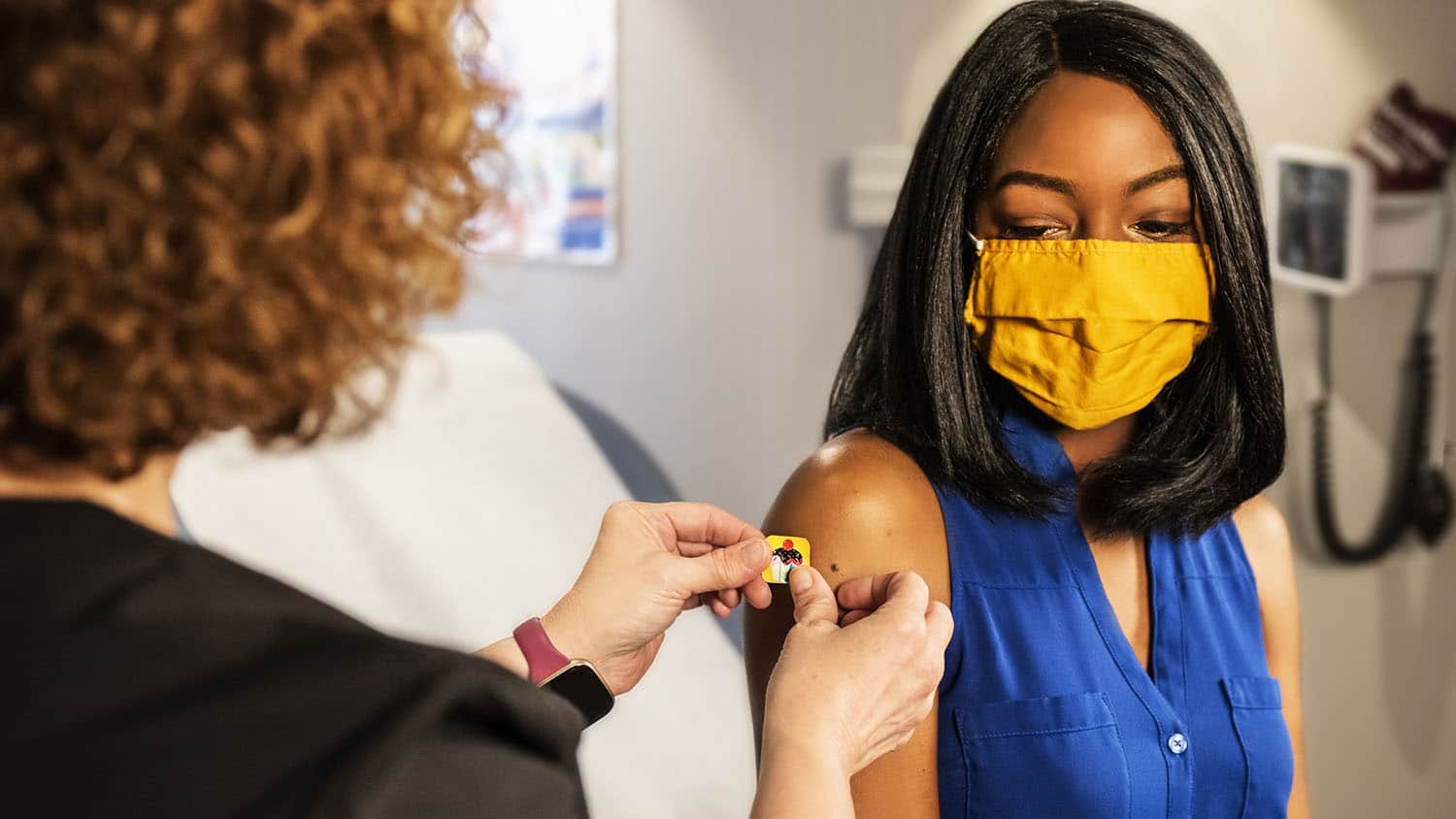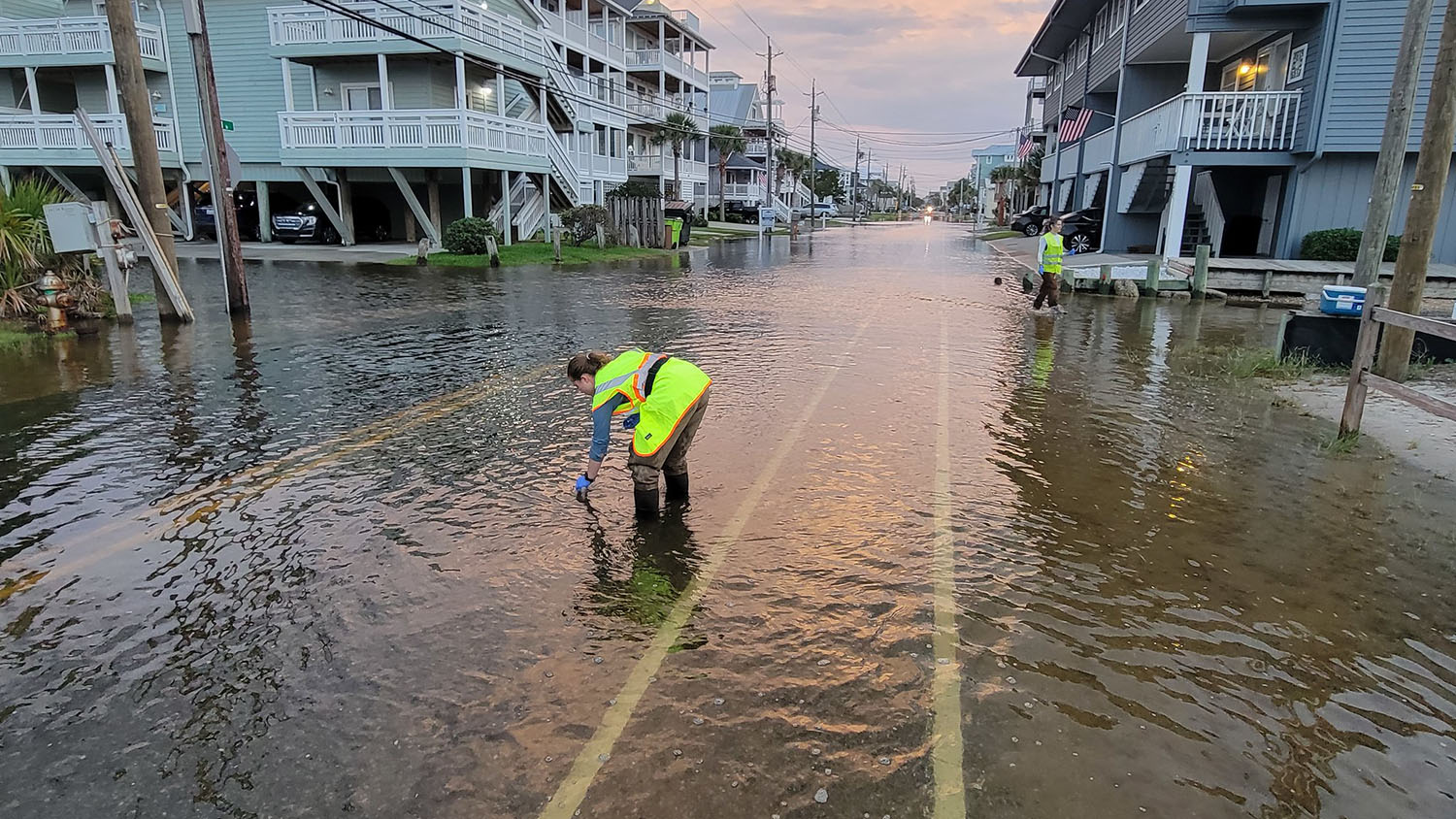What the COVID-19 Pandemic Has Taught Us About Flu Vaccines

A recent report from the National Academies of Science, Engineering and Medicine (NASEM) finds that much needs to be done if we want to be prepared to respond to a potential influenza pandemic, particularly when it comes to manufacturing and distributing flu vaccines.
In early 2021, NASEM convened an expert committee to examine supply chain and distribution challenges related to vaccines and vaccinations during the COVID-19 response and explore the implications for pandemic and seasonal influenza.
In mid-November NASEM published a report by that expert panel, arguing that a comprehensive, coordinated approach is required to enhance global influenza vaccine supply chain infrastructure, manufacturing, distribution and administration.
In other words, given the interconnected nature of the global vaccine supply chain, the COVID-19 pandemic revealed that a break in any link represents a threat to health security worldwide. Faster immunization worldwide, especially for a nasty flu virus, can reduce the spread of disease. Therefore, as a matter of national security, the U.S. should consider a concerted effort to support/maintain global vaccine supply chains.
The NASEM report is titled “Globally Resilient Supply Chains for Seasonal and Pandemic Influenza Vaccines.” To learn more, we spoke with Jennifer Pancorbo, a vaccine manufacturing expert who served on the panel and is director of industry programs and research at NC State’s Biomanufacturing Training and Education Center.
The Abstract: What is your area of expertise that was relevant to the NASEM panel?
Jennifer Pancorbo: I am a chemical engineer by training; I have worked for approximately 15 years in vaccine process development and manufacturing in general and for the last 11 years in process development and workforce training of influenza vaccines in particular. My contribution to the panel was to bring the manufacturing and training perspective into consideration.
TA: Why did NASEM decide to focus on supply chains and influenza vaccines?
Pancorbo: It has been hypothesized for some time now that influenza viruses hold a high potential for causing a severe pandemic, because of their ability to mutate and the respiratory infection pathway. The global COVID-19 pandemic exposed serious weaknesses in the supply chain for vaccines and medical products, particularly in the mechanisms of global coordination. The committee was tasked with examining the distribution challenges related to vaccination during the COVID-19 pandemic; identifying deficiencies in the global response to the COVID pandemic and seasonal influenza; and developing recommendations for action by U.S. government agencies and global stakeholders.
TA: What are the key findings from the work?
Pancorbo: The committee concluded that global supply and equitable access to pandemic influenza vaccine will remain uncertain and at high risk without globally and regionally distributed supply chain networks. A well-coordinated, global body (a task force) with an inclusive governance structure could orchestrate a systems approach and globally distributed supply chain to produce influenza vaccine. The international entity with the appropriate reach to address these issues is the G20.
TA: You mention a “systems approach” to supply chains – what does that mean?
Pancorbo: A systems approach would have an end-to-end visibility of critical inputs; an overarching, well-coordinated organization would define, identify and track the global, real-time availability of potential supply-constrained critical inputs necessary to manufacture vaccines for pandemic influenza. The organization would then forecast demand and ensure sourcing, production, distribution, risk management and coordination of those critical components to the various users. Importantly those critical components also include workforce personnel and training needs.
TA: Given that these supply chains are international – and in a global economy, public health itself is inherently international – what can be done by the U.S. to implement these recommendations?
Pancorbo: Various government entities, like the Department of Health and Human Services and its agencies, for instance the Office of Global Affairs, working closely with international organizations like the World Health Organization, may provide technical and resourcing support to the suggested task force. They may also encourage attention to operational considerations up-front when funding vaccine development programs or make global investments in novel vaccine end-to-end technologies that will improve equitable access and adaptation for vaccines to be used in various temperature settings, for example.


